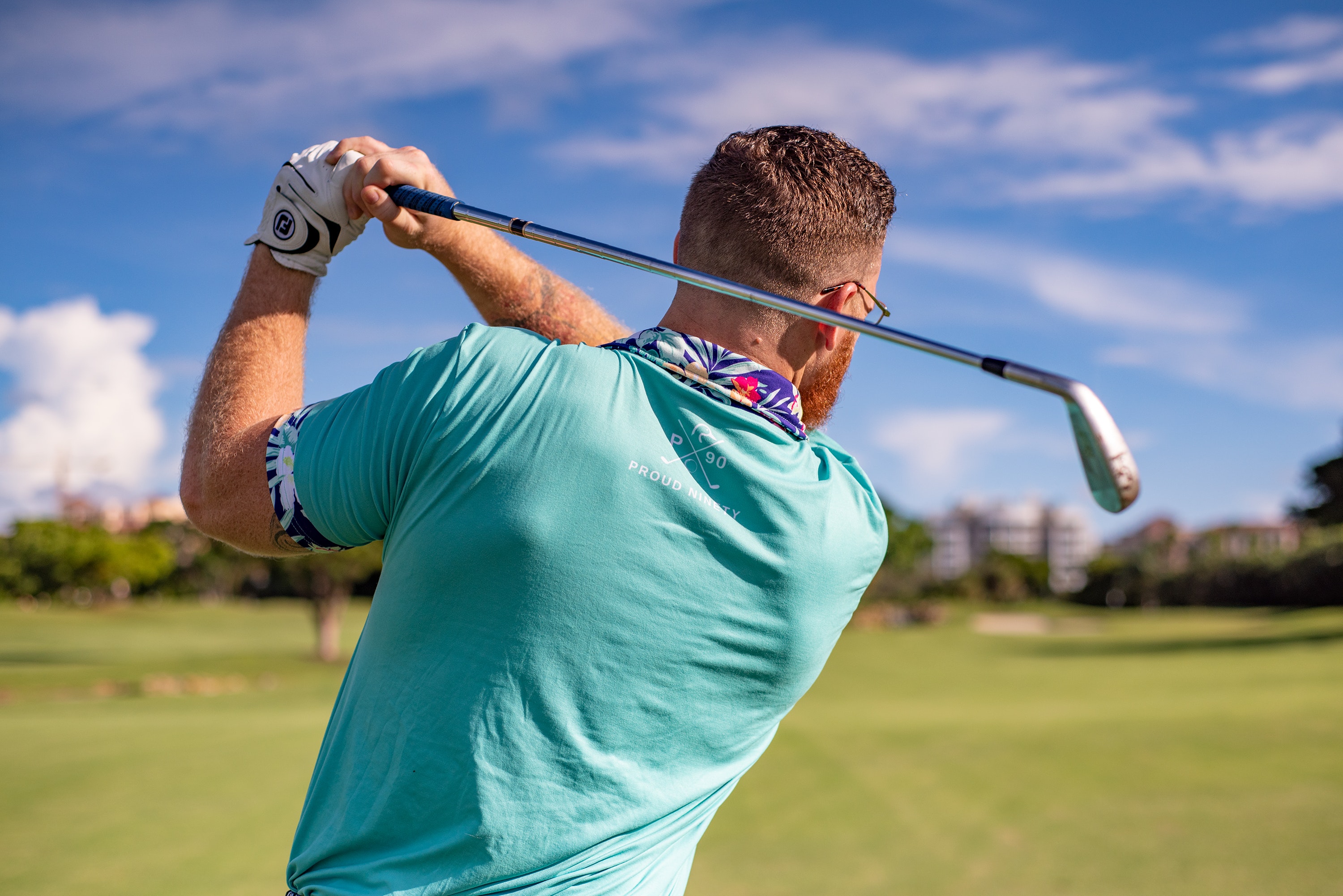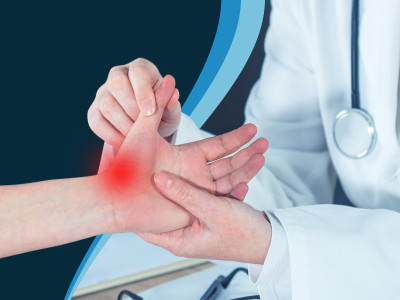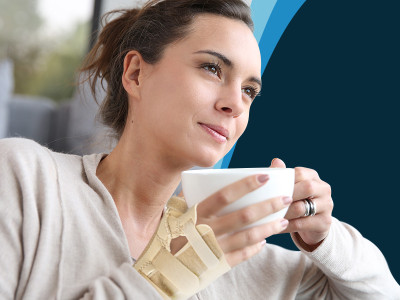Posted by Michael Foster-Reed on 14th Jun 2019
Are you suffering from Golfer's or Tennis Elbow? Not only does this effect your swing, but these injuries can be a real problem when it comes trying to go about your daily life.
In this blog, we are going to take a look at these two injuries in order to figure out exactly what they are and what you can do to relieve yourself from pain and speed up your recovery.
What is Golfer's Elbow and Tennis Elbow?
Golfers Elbow (Medial Epicondylitis) and Tennis Elbow (Lateral Epicondylitis) are two types of elbow injury. They occur when the tendons that attach your forearm muscles to your elbow bone become inflamed or damaged. They are usually caused by an overuse of these tendons, which often occurs in Golf and Tennis, hence the names.
These injuries can cause pain across your elbow, especially when trying to raise or bend your arm, or when trying to pick up objects.

What's the Difference Between Golfer's Elbow and Tennis Elbow?
The primary difference between Golf and Tennis Elbow is the area of the elbow which they affect. Tennis Elbow affects the tendons on the outer side of your elbow, which are attached to the muscles that are used for extending your wrist and straightening your fingers. Golfers Elbow on the other hand, affects the tendons on the inner side of your elbow, which are attached the muscles that help flex your wrist and contract your fingers.
Who Suffers from These Conditions? How can they be Prevented?
As the names suggest, Tennis elbow is most common among tennis players, and Golfers Elbow is most common among golf players. This is because those sports require repetitive use of motions which can easily damage the specific tendons within your elbow that cause these two injuries.
If you want to reduce your chances of suffering from Golfers or Tennis elbow when playing their associated sports, then it may be a good idea to research the correct forms that you should be using. Using the correct techniques in a sport can help to ensure that you are safe whilst playing.

However, these two sports are not the only causes of Golfer's and Tennis Elbow. There are many other activities that can result in an overuse of these tendons. A few examples include decorating and playing an instrument such as a violin. If you regularly partake in these kinds of activities, then you should perhaps try regularly stretching your muscles in order to strengthen them and reduce their vulnerability.
Courses of Action
If you are already suffering from one of these two injuries, what should you do about it? Well, the primary way to improve your recovery is to use your elbows as little as possible. Obviously, it would be a challenge to avoid using them at all, however there are likely some tasks you would usually do throughout your day which could be potentially avoided.
Holding an ice-pack against the area of your injury can help to reduce any inflammation and swelling. Minimising these should also help to relieve you of some of the pain you are experiencing. Pain relieving medication such as ibuprofen and aspirin can also help, however you should talk to your GP first before taking anything.
There are medical aids that can help with reducing pain and speeding up recovery. Here at Actesso, we have a variety of elbow straps that are specifically designed to deal with these two injuries. You can take a look at some of our options here.
If your injury does not show any signs of improvement after several months, then it would be a good idea to seek medical attention. If your injury is serious, there is a chance that you may require surgery in order to return your elbow back to normal.
References:
https://www.blog.ohmyarthritis.com/what-is-the-difference-between-tennis-elbow-and-golfers-elbow/
https://www.nhs.uk/conditions/tennis-elbow/https://www.nhs.uk/conditions/tennis-elbow/
Disclaimer: We are not qualified medical professionals. All information stated from this article has been taken from reputable sources. Please find links to all sources at the bottom of the page.



